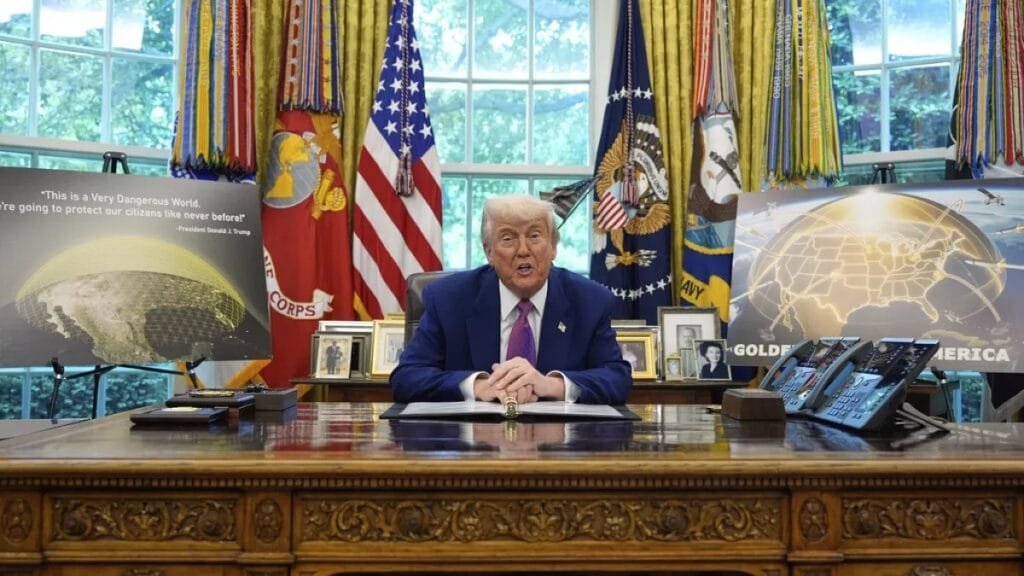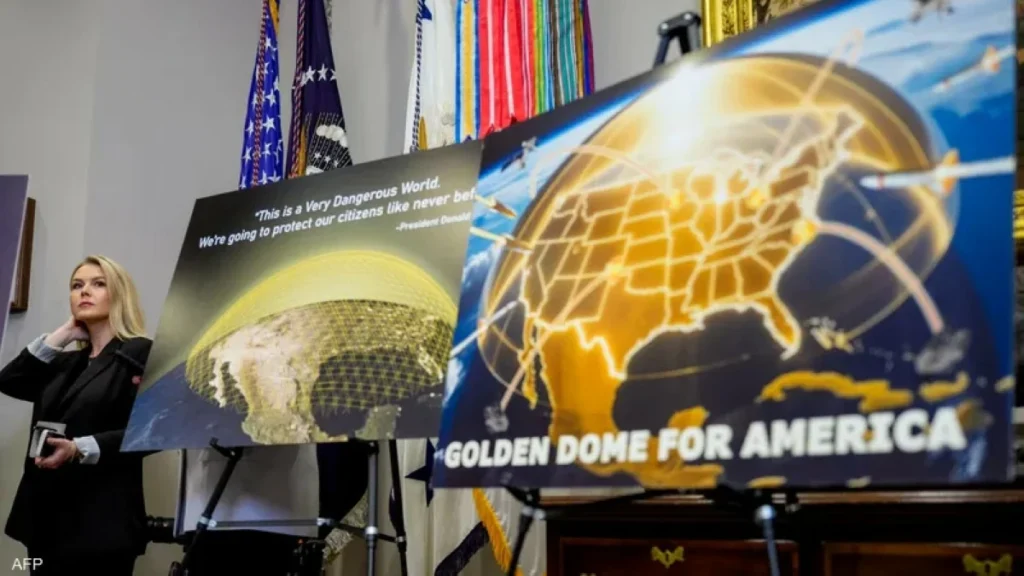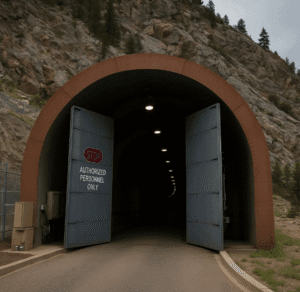US President Donald Trump has appointed a leader for the ambitious $175 billion defense program. He chose a design for the “Golden Dome” missile defense system.
How will the Golden Dome work?
The Golden Dome’s big goal is to take advantage of a network of hundreds of satellites orbiting the world.
These satellites are equipped with advanced sensors and interceptor missiles. They shoot down enemy missiles after launch from countries such as China, Iran, North Korea, or Russia.
In April, the US Department of Defense (the Pentagon) asked defense contractors how to design and build a network. This network is intended to shoot down intercontinental ballistic missiles during the “boost phase.” The boost phase is the slow expected ascent of an enemy missile through Earth’s atmosphere. Currently, defenses only target enemy missiles in the middle of their spaceflights.
The new idea and capability is to shoot down the rocket once detected. The Golden Dome will shoot it down either before it enters space with an interceptor missile or laser beams. Alternatively, it can be shot down shortly after on its space travel path.
Another new idea in the plan is to increase additional defenses on American soil.
A preliminary outline of the plan was presented by the Pentagon to the defense sector in August. This plan, first reported by Reuters, revealed that the system will include three other layers on Earth in addition to the space interception layer.
The Pentagon presentation showed that the current missile defense system, called the Mid-Track Ground Defense System, will be strengthened to create the second layer. This system uses ground interceptor missiles stationed in California and Alaska.
The initial design, unveiled in August, includes a third layer consisting of five ground-based launch sites. These sites aim to intercept incoming rockets while they are still in space. Three of these five sites will be on the US mainland. The remaining two will be in Hawaii and Alaska.
The fourth objection layer will be for “limited-scale defense” and aims to protect population centers.
The design includes new radars and a completely new “common” launcher. This launcher will launch interceptor missiles of current models that will be produced in the future. It may also include the current missile defense system (Patriot).
The Pentagon said these systems will work in concert to defeat all types of threats, such as hypersonic weapons and cruise missiles.
“I promised the American people that I would build an advanced missile defense shield to protect our homeland from the threat of foreign missile attack,” Trump said when making the announcement in May.

What is the difference between the Golden Dome and the Israeli Iron Dome?
“We helped Israel with their system and it was very successful, and now we have technology that’s much more advanced than that,” Trump said, referring to Israel’s Iron Dome missile defense system.
The Iron Dome system was built to intercept types of rockets fired by Hamas in the Gaza Strip.
This system was developed by the Israeli company Rafael Advanced Defense Systems with support from the United States, and became operational in 2011.
Each truck-drawn unit fires radar-guided missiles to detonate short-range threats such as rockets, mortars and drones in the air.
The system determines whether the missile is on its way to strike a populated area. If not, the missile is ignored and allowed to land without damage.
Iron Dome was initially described as providing coverage to protect a city-sized area against missiles with a range of between 4 kilometers and 70 kilometers. Experts say its scope has since been expanded.
Is it similar to former President Ronald Reagan’s Star Wars initiative?
“We will truly complete the mission that President Reagan began 40 years ago, and we will forever end the missile threat to the American homeland,” Trump said in May.
The idea of linking rocket launchers, or lasers, to satellites so that they can shoot down enemy intercontinental ballistic missiles is not new. It was part of the innovative Star Wars initiative during Ronald Reagan’s presidency, but it represents a huge and expensive technological leap from current capabilities.
Reagan’s “Strategic Defense Initiative”, as it was called, was announced in 1983. It was pioneering research into a national defense system that might render nuclear weapons worthless.
The core of the Strategic Defense Initiative program was a plan to develop a space missile defense program. This program might protect the United States from a large-scale nuclear attack.
The proposal included several layers of technology. These layers would enable the United States to identify a large number of incoming ballistic missiles. They automatically destroy them when they are launched, during flight, or when they approach their targets.
The Strategic Defense Initiative was unsuccessful because it was too expensive and too ambitious from a technological perspective at the time. It could not be easily tested and appeared to violate an existing anti-ballistic missile treaty.

Who will build the golden dome?
SpaceX, owned by former Trump ally Elon Musk, has emerged with its rockets and satellites. Along with software company Palantir and drone maker Andoril, these are the leading candidates to build key components of the system.
But these efforts may have faltered when the Trump administration ignored the concept of the Golden Dome as a paid service. This service is not owned by the government. Many of the initial systems are expected to come from existing product lines.
Attendees at the White House press conference with Trump mentioned L3 Harris Technologies, Lockheed Martin and R by name. T.X-Corp as potential contractors for the mega project.
L3 Harris has invested $150 million in building its new facility in Fort Wayne, Indiana. There, it manufactures space-based sensor satellites to track hypersonic and ballistic missiles. This is part of the Pentagon’s efforts to better detect and track high-speed weapons. The space-based sensors can be modified to allow them to be integrated into the Golden Dome.
But funding for the Golden Dome project remains uncertain.
Republican lawmakers have proposed an initial investment of $25 billion as part of a broader $150 billion defense package. However, this funding is linked to a controversial bill that requires special procedures and faces major obstacles in Congress.

















